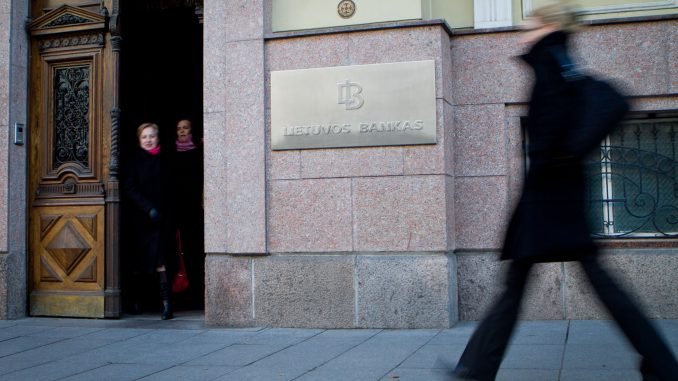
“The significantly deteriorating situation in Russia will worsen the performance of Lithuanian exporters. Although the development of domestic demand in the country is sustainable enough, internal growth alone is not sufficient to maintain the previously projected rates of economic development,” says Raimondas Kuodis, deputy chairman of the Board of the Bank of Lithuania.
The Bank of Lithuania projects that the growth rate of the domestic economy will reach 2.7 percent this year. The previous projection was 3.1 percent. Nevertheless, due to the improved outlook for Lithuania’s major foreign trade partners – the euro area and other countries, GDP growth in Lithuania is projected to accelerate to 3.5 percent.
A significant factor for the development of the domestic economy, as it has been to date, will be domestic demand – investment and private consumption. Business has even now been utilising a large part of its capacities, while export growth will increase the demand for investment in production capacity even more.
Oil, which has become significantly cheaper in global commodity markets, has been the main driver of the price dynamics in our country. Given the much lower oil prices, it is now believed that the general price level in Lithuania will fall by an average 0.3 percent this year. The previous projection for price growth was 0.9 percent.
As unemployment declines and employment rises, average wages and salaries are projected to rise by 4.9 percent this and next year.
“With growth in wages and salaries, despite the general price level not rising, the real purchasing power of the population is likely to increase; this would further increase domestic consumption, which is currently a major pillar for the domestic economy,” says Gediminas Šimkus, director of the Economics and Financial Stability Service at the Bank of Lithuania.
Private consumption expenditure is projected to increase by 3.4 percent this year and by another 4 percent next year.

Be the first to comment